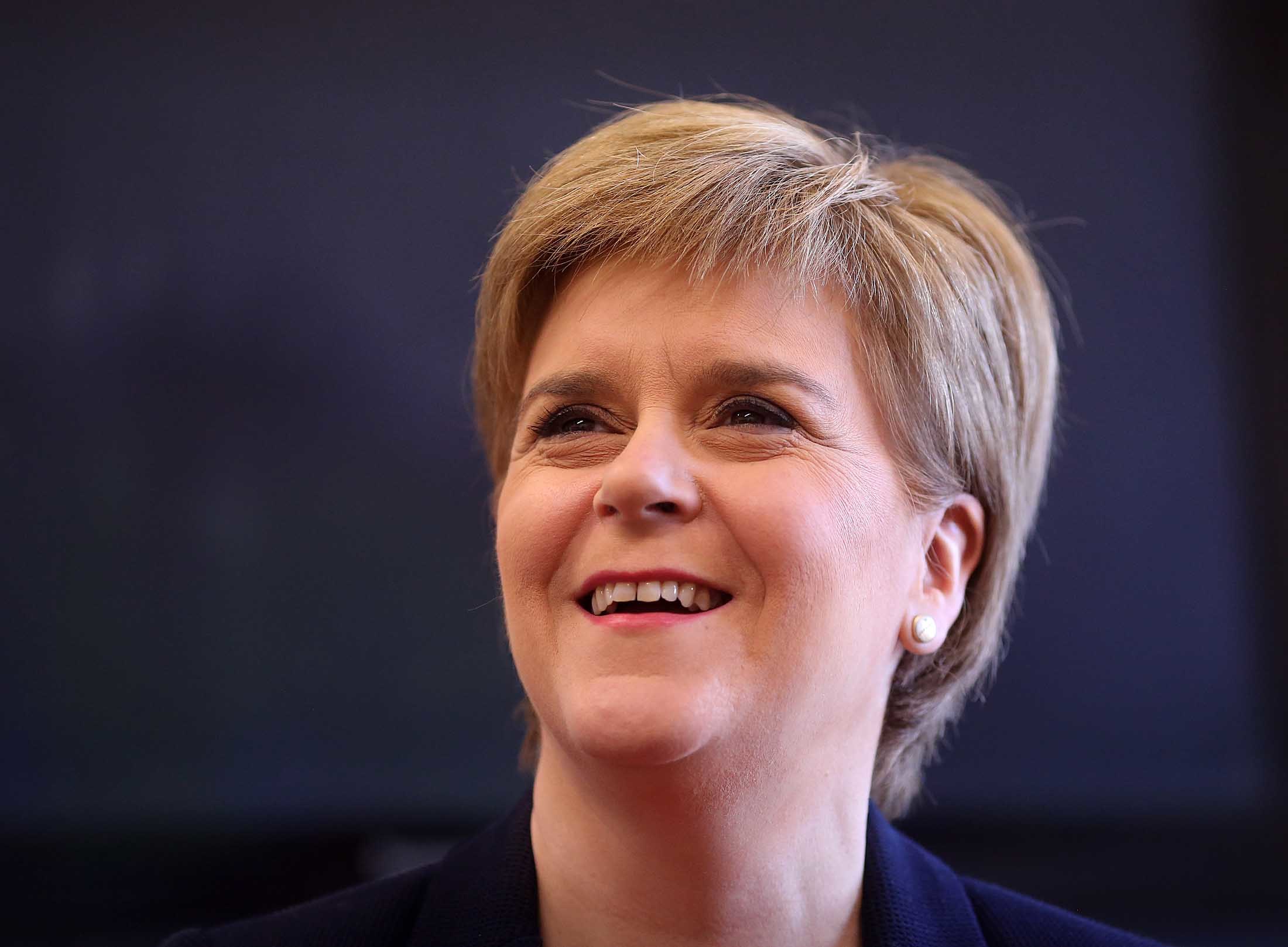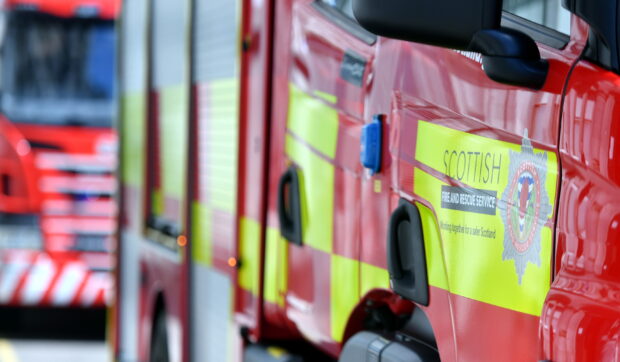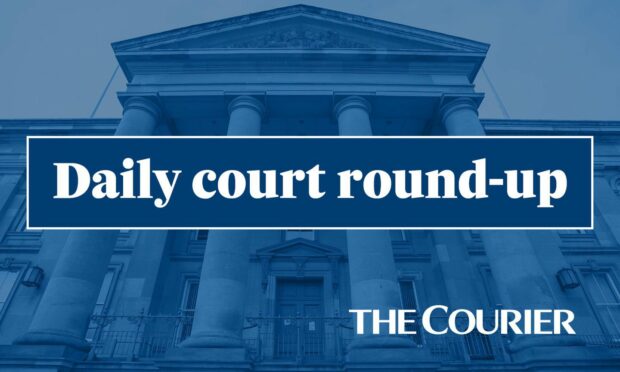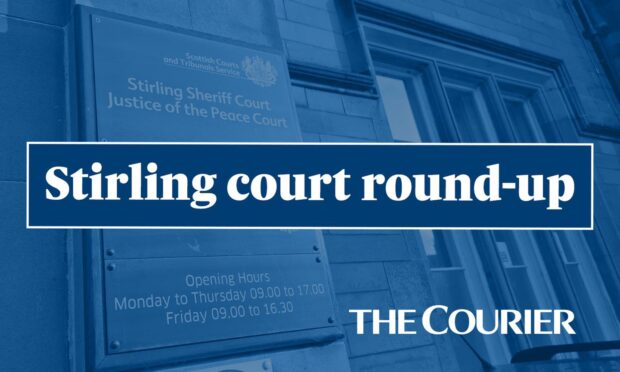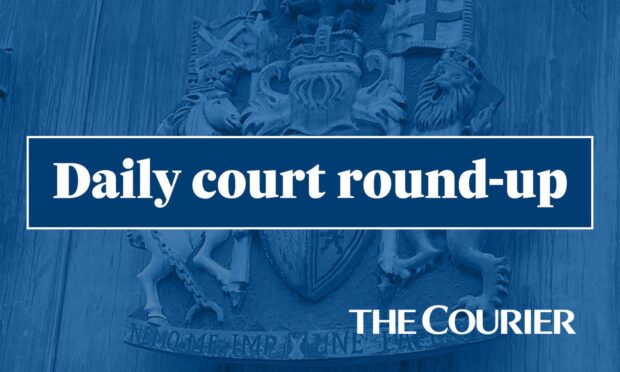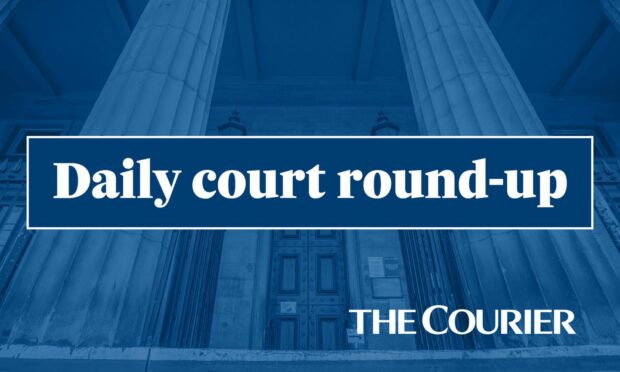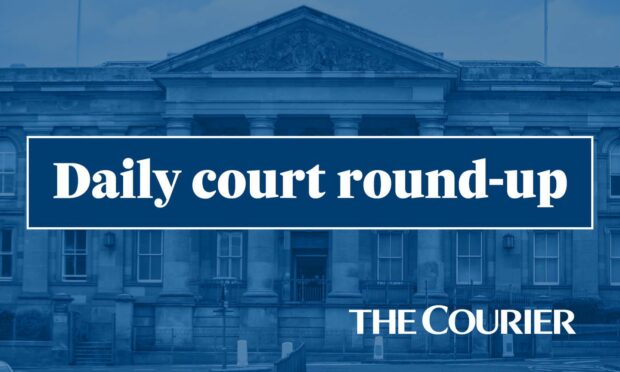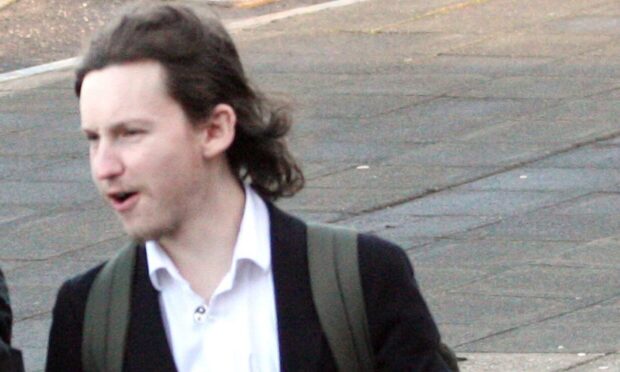Nicola Sturgeon has stormed into a list of the world’s most powerful women, with the First Minister the second highest-ranked female from the UK behind the Queen.
The Scottish First Minister and SNP leader has made it into the ranks of the World’s Most Powerful Women as compiled by US business magazine Forbes for the first time.
Ms Sturgeon, who is the first female to hold the role of First Minister, enters at number 50 on the global list, which includes 51 women from the United States but just six from the UK.
German chancellor Angela Merkel tops the list for the sixth consecutive year, making it the 11th time in total she has held the number-one spot.
She is followed by US presidential hopeful Hillary Clinton, with Janet Yellen, chair of the US federal reserve, ranked in third – up one from the 2015 list.
Two more Americans take fourth and fifth spot – Melinda Gates, co-chair of the Bill and Melinda Gates Foundation, and General Motors chief executive officer Mary Barra respectively.
US First Lady Michelle Obama is the 13th most powerful woman, according to the rankings, which consider influence, media presence, money and success at implementing change.
There is no mention of Samantha Cameron, wife of Prime Minister David Cameron, who is also an ambassador for the charity Save the Children and who has a consultancy role with luxury leather goods manufacturer Smythson.
The Queen is the highest-placed British woman on the list, with her ranking rising from 41 last year to 29 in 2016.
The other British women who make it on to the list are Bank of England deputy governor Nemat Shafik, who is know as Minouche, at number 59, Guardian editor-in-chief Katharine Viner at 68, Zanny Minton Beddoes, editor-in-chief of the Economist, at 78 and chair of the Wellcome Trust, Eliza Manningham-Buller, who is a new entry at 88.
Other notable entries on the list include Christine Lagarde, head of the International Monetary Fund, at number six, one place ahead of Facebook chief operating officer Sheryl Sandberg.
US talk show host Oprah Winfrey is 21st on the list, compared to 12 in 2015, while Anna Wintour, well-known for her role as editor in chief for Vogue magazine, is 28th.
A Scottish Government spokesman said: “The Forbes most powerful women list recognises the importance of the office of the First Minister and the heightened international profile of Scotland as a nation, as well as the influence of the First Minister in debates about both domestic policy and international issues such as human rights, climate change and the EU referendum.”
